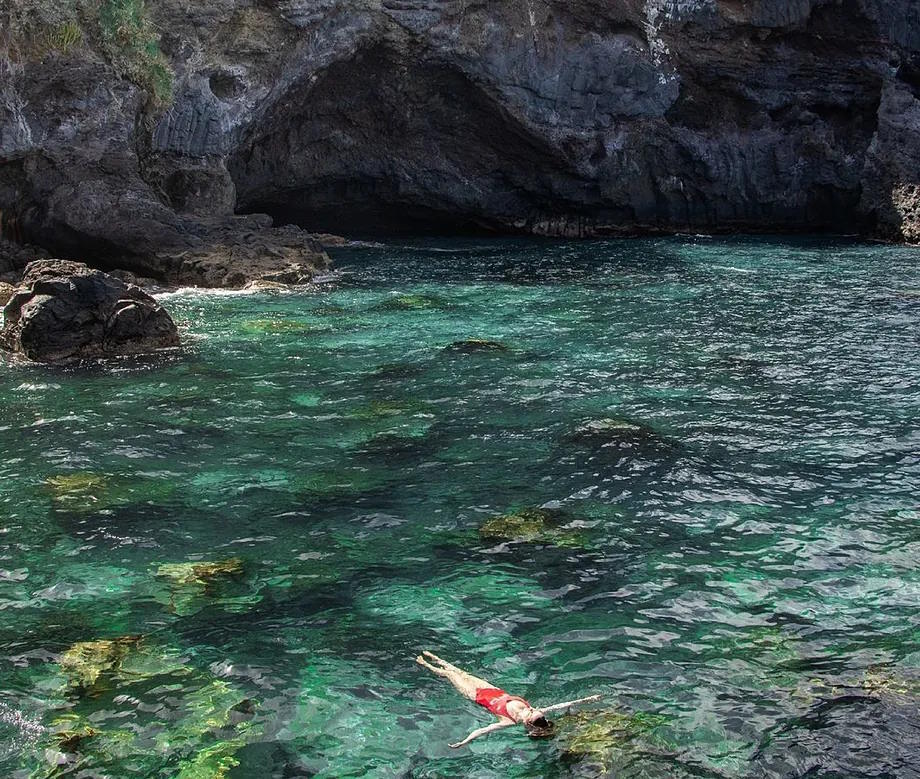Even the very Atlantis of Plato could have been in Spain. Specifically, in the Canary Islands. It is one of the legends circulating about the Atlantic archipelago, which can boast of harboring a huge amount of myths and mysterious corners. We explore some of them.
The lost city of Atlantis
We do not know if the Atlantis described by Plato in his famous dialogues of Timaeus and Critias existed or not. But if it was a reality, the place where the legendary continent submerged more than 12,000 years ago could well have been the Fortunate Islands. Many beliefs support this, compiled in the book Magic Guide of the Canary Islands (Luciérnaga Editions), signed by the journalist José Gregorio González. In it, he points out that the island "beyond the Pillars of Hercules and larger than Libya and Asia combined," as the Greek philosopher said, could well be this Atlantic archipelago, described as one of the highest points of the continent that remained above the sea surface.
González refers to the writers Charles Berlitz, known for his work on Atlantis and the Bermuda Triangle, and Graham Hancock, specialized in debunking historical theories. They argue for an Atlantis located in the Canarian seabeds, scattered with basalt formations like those on the coast of El Puerto de la Cruz or the existence of artificial plazas in Los Gigantes, both locations in Tenerife. Also, the seabeds of Lanzarote, where remains of a cyclopean city were found, have led to various reflections, just like Fuerteventura, where, under three meters of sand, two large rock sculptures were found in the 90s. The speculation continues...
The phantom island of San Borondón
The myths about the Canary Islands do not end with Atlantis. Also famous among the locals is a phantom island that appears and disappears as if by magic. In fact, it is spoken of as the ninth member of the archipelago. Its name is San Borondón, more of a cultural reality than a physical one for all Canarians, as well as "an indisputable sign of identity," as González also states in his book. Up to 10 expeditions have set out in search of it, the first in 1486, led by the Portuguese Fernao Dulmo. They say it was located between La Palma, La Gomera, and El Hierro, appears on world maps, and is even mentioned in Columbus's voyages to the New World, but the island still shows no signs of life. The most common scientific argument is that it is an optical phenomenon, one of those mirages that seafarers often experience. Reality or fiction?
We continue the journey through the most curious corners of the Canary Islands in the Güímar valley in Tenerife, where in 1990, talk began about the existence of strange pyramid constructions, as González also points out in his book. This reopened an age-old debate linking the Guanches, the aboriginal Canarians, with ancient Egypt and even Mesopotamia. There was also talk of their use in rituals within the indigenous world due to their resemblance to similar enclosures in Latin America, especially in Mexico. Be that as it may, there is an ethnographic park and botanical garden founded by the Norwegian explorer Thor Heyerdahl in 1998 with the aim of protecting these treasures endangered by an urban development plan. Today, visiting allows you to delve into the universe of these six stepped pyramids astronomically oriented towards the sun in a space of 67,000 square meters.
